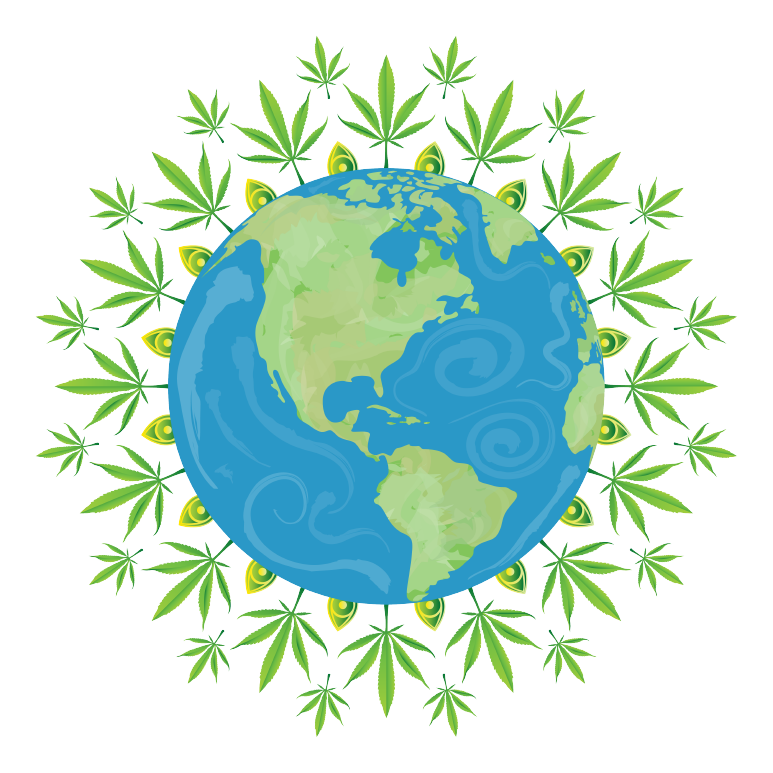About Canna Food Safety
Canna Food Safety is a powerful Cannabis Food Safety Quality Assurance platform which gives Facility and QA managers a simple tool to automate compliance, safety and quality programs. It has been designed to provide valuable real-time data to help optimize operations, save time and reduce costs.
The ‘’SOP Builder’’ (Standard Operating Procedure) and Control with cannabis seed to sale blockchain traceability, automates the processes of food safety, compliance, efficiency and control, to deliver essential solutions to cannabis license holders, from cultivation to consumption lounge.
The cannabis industry is ever-changing. Keeping up with regulations is essential for both startups and established brands. Canna Food Safety is the turn-key solution to help you meet all your Cannabis Compliance and Operational needs. From cannabis plant cultivation through to cannabis edibles, cannabis inhalables, cannabis oils and all aspects of medicinal cannabis, Canna Food Safety will simplify your regulatory obligations for all of your cannabis products.

History of Cannabis
We’ve known about the medicinal properties of Cannabis sativa for centuries. The flowering plant, native to East and Southeast Asia, was used to treat a vast array of health problems as far back as 2800 BC when it was said to have been listed in Emperor Shen Nung's pharmacopeia. Emperor Nung is regarded as the ‘father of Chinese medicine’ and was thought to have tested hundreds of herbs for their medicinal value. Therapeutic indications of cannabis are also mentioned in the ancient texts of Indian Hindus, Assyrians, Greeks and Romans. Cannabis was reported as treating a wide variety of health conditions, including arthritis, depression, amenorrhea, inflammation, pain, lack of appetite and asthma. Archaeologists discovered Cannabis seeds in the ruins of Pompeii.
History of Cannabis From its early beginnings Cannabis spread far and wide around the globe thanks to traders, missionaries, nomadic tribes, and even world leaders trying to capitalize. Cannabis became more widely accepted in Western medicine in the late 19th, early 20th century.
In 1841 Dr William Brooke O’Shaughnessy introduced cannabis to Western medicine after living in India. He brought quantities of hemp and Cannabis indica back to England and reported many therapeutic uses of cannabis, including a case where it stopped convulsions in a child. Queen Victoria, was said to have been given cannabis as a method of relieving her menstrual cramps. Her private doctor, Sir J. Russell Reynolds, wrote that "when pure and administered carefully, it is one of the most valuable medicines we possess." He recommended Cannabis indica for patients with “senile insomnia” and claimed that hemp remained effective for months and even years without an increase in the dose. He also found it valuable in the treatment of neuralgia, migraines, certain kinds of epilepsy, depression, and asthma .

However, throughout the 20th century, the use of cannabis met a series of obstacles. In 1936 the film Reefer Madness was released, demonizing cannabis as a highly addictive drug that caused mental disorder and violence. This was followed by the Marihuana Tax Act in 1937 ; the removal of cannabis from the American pharmacopeia a few years later; and the 1961 United Nations Single Convention on Narcotic Drugs that listed cannabis under the strictest control regime (Schedule IV). Finally in 1970 it was declared a Schedule 1 drug and consequently, research into the effects of cannabis was near impossible.
In 1996, California passed Proposition 215, which allowed for the sale and medical use of cannabis for patients with qualifying conditions. In 1998 Alaska, Oregon, Washington, and D.C., followed suit with medical marijuana legislation. Today medical cannabis is legal with a doctor's recommendation in 37 states.